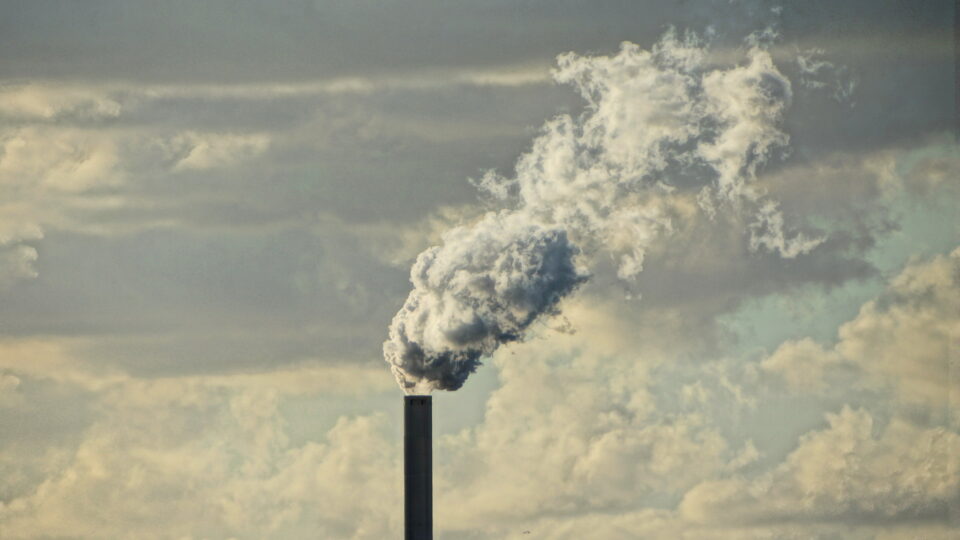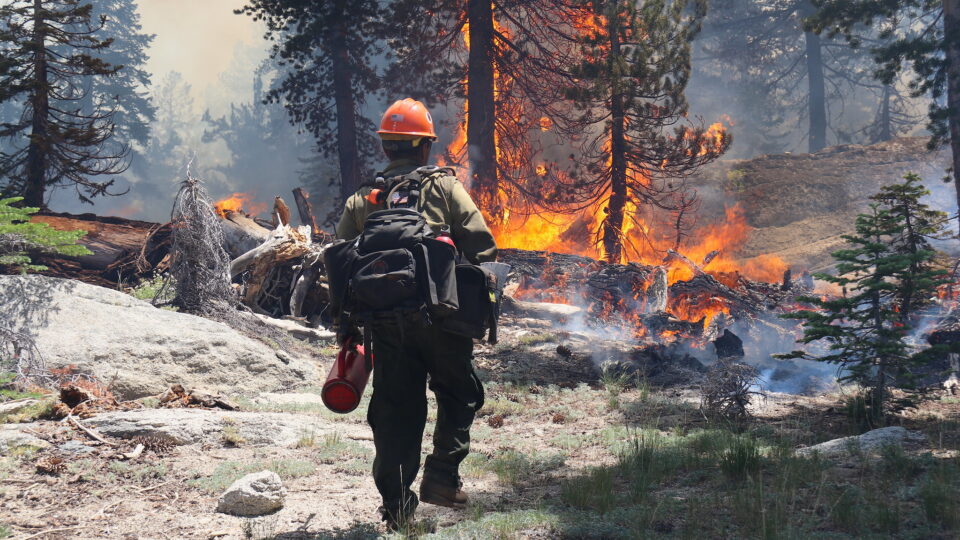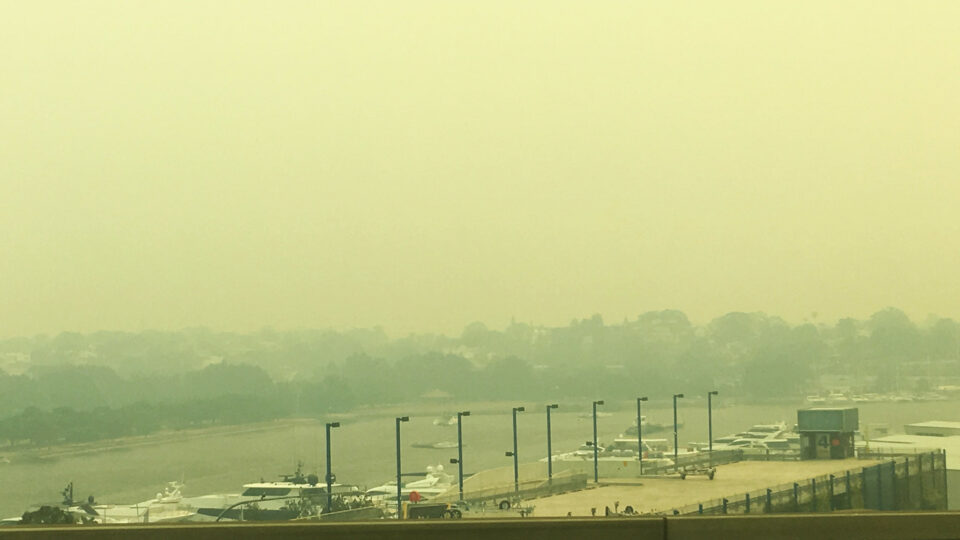The Paris Climate Agreement has a goal of limiting global warming to less than 1.5 degrees Celsius above pre-industrial levels. How do we know if we are succeeding and, more importantly, how would we know if we have failed?
This may seem like something fairly obvious, but it isn’t. Global temperatures are definitely creeping upward. This past year has been the warmest on record. In fact, the global average temperature was more than 1.4 degrees above pre-industrial levels. November was 1.75 degrees above pre-industrial levels. So, does that mean that our climate goals have already failed? Not really.
On a monthly scale there have already been individual months where warming has exceeded 1.5 degrees in 2016, 2017, 2019, 2020, and 2023. Would an entire year above the target constitute failure? Not necessarily. There really isn’t an agreed-upon answer and that in itself represents something that could undermine global efforts to tackle climate change.
If we don’t know whether we are succeeding or failing, it is more difficult to pursue success. The United Nations IPCC says the threshold will be surpassed when average warming exceeds 1.5 degrees for 20 years. But that seems like a building a mountain highway with no guardrails and hoping to be safe.
Scientists are calling for new approaches to defining a universally agreed-upon measure of global warming that could trigger urgent action to avoid further rises. What we really don’t need are justifications and excuses for continued inaction. Clearly the climate is not waiting for us to debate the issue.
**********
Web Links
Why We Won’t Know When We’ve Passed the 1.5-Degree Threshold
Photo, posted August 2, 2018, courtesy of J Bartlett Team Rubicon/BLM for USFS via Flickr.
Earth Wise is a production of WAMC Northeast Public Radio




